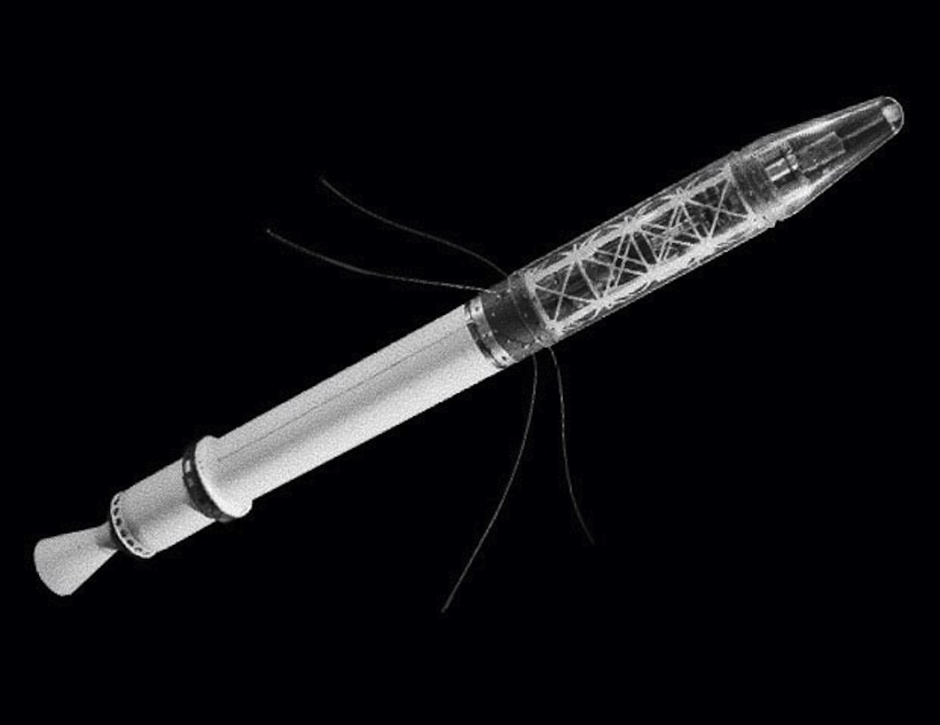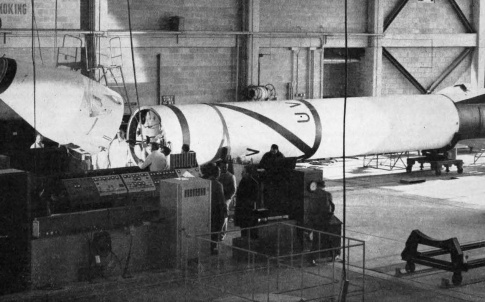
The satellite was launched from Cape Canaveral on January 31st aboard Juno 1, a four-stage rocket derived from the Jupiter C research rocket and specially modified by the US Army Ballistic Missile Agency (ABMA).
READ THE ENGINEER'S ARCHIVE COVERAGE OF EXPLORER 1 HERE
With a total mass of 13.37kg, the satellite itself was considerably lighter than Sputniks 1 and 2, and - after Sputnik 2 - was the second satellite to carry a scientific payload into space.
Commenting on the launch in the leader column for its February 7th edition, The Engineer wrote: “The Americans took it so much to heart when the Russians proved to be first in the field in setting up an artificial satellite of the earth that it is with a substantial sense of relief, as well as with much pleasure, that we can now congratulate them on their own fine technical achievement.”

However, despite its praise for the American’s achievement, the publication didn’t feel that it represented an advance over the Soviet launches, and suggested that it’s efforts might have been better focussing on longer term projects rather than giving into what it describes as the “emotional reaction” of the American people. “It is a fine feat on the part of the Americans to have put the " Explorer" into an orbit. But it has in no sense demonstrated that American rocket development has caught up with that of the Russians and it may even mean that the routine development of the " Jupiter " for Its true purpose as an intermediate range missile has been delayed.”
Nevertheless, Explorer 1 did end up making a significant contribution, becoming the first spacecraft to detect the so-called Van Allen radiation belt – a zone of charged particles held in place by Earth’s magnetic field. Dr James Van Allen, after whom the belt is named, designed and built the instrumentation that made this discovery possible.
Following its launch, Explorer 1 transmitted data back to earth for 31 days before its batteries died. It remained in orbit for more than 12 years and after completing more than 58,000 orbits re-entered the atmosphere in March 1970.




Poll: Should the UK’s railways be renationalised?
I think that a network inclusive of the vehicles on it would make sense. However it remains to be seen if there is any plan for it to be for the...